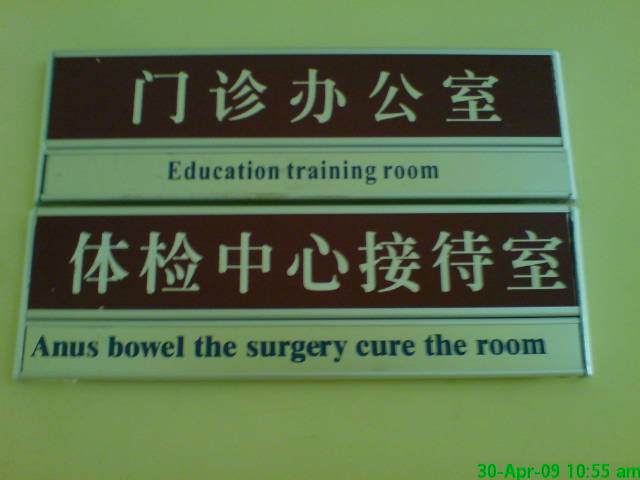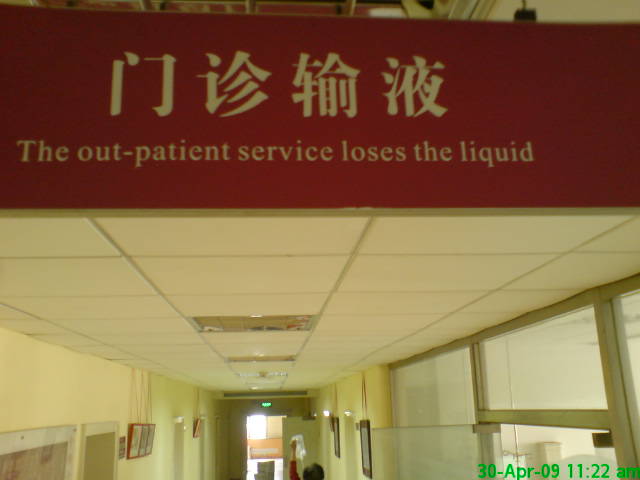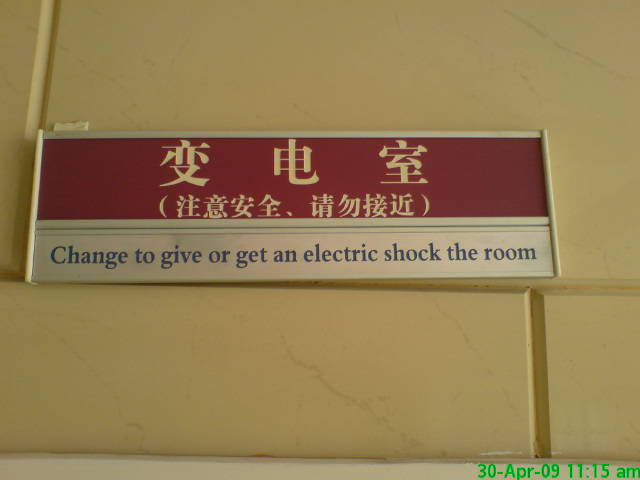Hospitals are an exception to the China success story. The private ones are still mostly small and frequently distrusted. The public ones are more trusted but can often be like time traveling back to 1990. While more trusted in terms of actual care, they are operationally frustrating for patients and financially difficult for doctors and manager. In terms of service, cost and quality, progress in Chinese hospitals has been slow compared to the rest of China.
There are lots of reasons for this situation. But let me suggest three and suggest a “simple stupid“ idea – which ironically depends not on doctors or on policy-makers but on investment bankers.
Problem #1: The doctors and nurses are still mostly in the public hospital system and they mostly want to stay there.
While about 10,000 of the existing 24,000 hospitals are private, this is actually only about 11% of patient beds. Most private hospitals are pretty small, effectively large clinics. Chinese doctors today are still mostly in the public system.
In fact, most physicians are fairly wary of a move to private hospitals. They like the security of the public system (lots of polling data support this). However, they would like more money, easier hours and to move up to the Tier 3 hospitals if possible.
 Photo by Bill Benson, Creative Commons license with link here
Photo by Bill Benson, Creative Commons license with link here
Problem#2: Patients don’t trust most private hospitals that much.
In a 2012 McKinsey patient and physician survey, patients overwhelmingly preferred public hospitals. When asked about “value for money”, 53% of affluent consumers thought the private hospital were worse than the public. And only 11% thought it was better.
By about the same numbers, they also thought the clinical skills of the doctors and the quality of medical devices were better in public hospitals. And, most importantly, the public hospitals were much more trusted. Private hospitals scored very low on patient safety and doctor’s ethical standards.
That study is a bit dated but it is still mostly true. There is a lot more trust in the public system than in most emerging private hospitals.
 Photo by Bill Benson, Creative Commons license with link here
Photo by Bill Benson, Creative Commons license with link here
Problem#3: The public hospital infrastructure and insurance system are difficult for cash pay private hospitals to compete with.
You already have hospitals in every city in China. They blanket the country. There are +24,000 of them and they already handle about 190M inpatient admissions per year.
Any new private hospital system is going to have to compete with this existing system- and that’s a big challenge. Plus, the public system is reimbursed by the government insurance system. Private hospitals are still struggling with how to get more stable insurance revenue streams, as opposed to relying on cash pay. Also, the public system is politically strong.
***
So there are some big challenges. But things are moving forward incrementally and have made pretty big progress in the past ten years.
My question is about what it would take to leapfrog the system forward. More specifically how could you get to large, modern hospital chains in China? What would it take to create several chains of 500 modern, well-run secondary care hospitals?
You would have to overcome consumers’ distrust about significant parts of private care. You would have to convince very large numbers of doctors and nurses to change their careers. And you would need to build lots of large hospitals without access to much insurance reimbursement. And then you would also have to compete in the marketplace with the public hospitals. That is all pretty challenging.
 Photo by Bill Benson, Creative Commons License with link here.
Photo by Bill Benson, Creative Commons License with link here.
So my “simple stupid” solution to accelerate all this is to focus on modernizing the public hospital system. And a way to do that is to have a couple of big SOEs create several large SOE hospital chains. Each of these “super hospital SOEs” could have 300-500 hospitals and 20,000-40,000 beds each.
Large modern hospital chains are what you see in India, the Middle East and the US today. For example, Fortis in India has +75 hospitals and +12,000 beds. HCA in the US has around 165 hospitals. IHH out of Malaysia has +5,000 beds in 33 hospitals. Ideally, China would want 10-20 of these types of hospital chains – and you would want them to be bigger (because everything is bigger in China). Big chains would make it to much easier to accelerate development of the whole sector. And large SOE hospital chains would also break you out of the current system, which is still mostly small, stand-alone public hospitals.
With +300 hospitals, each chain would have the management depth, capital and operational scale necessary to modernize much more rapidly. You could see system-wide improvements and upgrades in services, facilities and technology. For me, this is a mechanism that could change things rapidly.
So my argument is that the shortest path forward is to merge +300 existing small public hospitals under a large and well-run commercial SOE. And do this with 3-4 times. Hence my argument for investment bankers.
Let the M&A bankers start rolling up smaller public hospitals into +5 big SOE hospital chains. Pull small state-owned hospitals together under one well-managed commercially-focused SOE (there are lots of them in other sectors). And then let that group knit the hospital mix together into a functioning and modern chain.
One SOE that comes to mind for this type of SOE consolidation strategy is China Resources. They have done exactly this in other sectors (beer, retail). This approach would also create a more clear path for private money to go into public hospitals: to finance the deals, provide incentives and upgrade facilities. A larger SOE M&A roll-up could attract private capital.
And my biggest argument for this approach is it doesn’t require competing with or replacing the entire existing system. Private hospitals and insurance can then develop slowly in parallel to the public system (as they are doing).
Just my two cents. Note: I used to be a hospital CEO.
Thanks for reading, -jeff
——-
I write and speak about “how rising Chinese consumers are disrupting global markets – with a special focus on digital China”.
Photo by Enric Moreu on Unsplash
